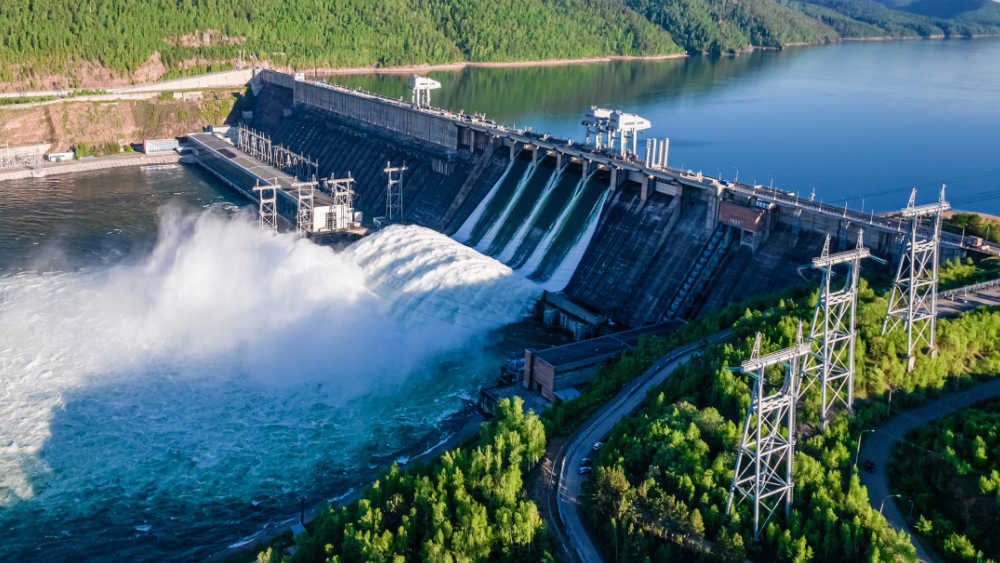Renewables take the lead in power generation in 2023

In 2023, according to preliminary data, the EU’s natural gas supply decreased to 12.8 million terajoules (TJ), a 7.4% decline compared with 2022, marking the lowest value since 1995.
Even sharper decreases were registered for coal: brown coal supply decreased by 24.2% to 222 840 million tonnes, and hard coal supply dropped by 20.4% to 130 437 million tonnes. Both figures are the lowest recorded since the data series began.
In terms of oil and petroleum products, the supply totalled 526 862 thousand tonnes, indicating a 1.5% drop compared with 2022.
The supply of renewable energies increased by 4.4% compared with 2022, amounting to around 10.9 million TJ in 2023.
This information comes from data on energy published by Eurostat recently. The article presents a handful of findings from the more detailed Statistics Explained article on energy production and imports.
Source datasets: nrg_cb_sff, nrg_cb_gas, nrg_cb_oil and nrg_ind_pehnf
Renewables made up 44.7% of EU electricity production
In 2023, renewable energy was the leading source of electricity in the EU, accounting for 44.7% of all electricity production. Renewables generated 1.21 million Gigawatt-hour (GWh), marking an increase of 12.4% compared with 2022.
Conversely, electricity generated from fossil fuels decreased by 19.7% compared with the previous year, contributing 0.88 million GWh, or 32.5% of the total electricity production.
Nuclear plants produced 0.62 million GWh or 22.8% the EU energy production, reflecting a 1.2% increase in production in 2023.
Source datasets: nrg_ind_pehcf and nrg_ind_pehnf
For more information
- Statistics Explained article on energy production and imports
- Thematic section on energy
- Database on energy
- Energy visualization tools
- Shedding light on energy in the EU
- European Green Deal
Methodological notes
The preliminary annual data that Eurostat publishes concerns energy supply. The terms supply and inland consumption can be used interchangeably since the calculated inland consumption corresponds to the supply. Supply refers to availability of energy to be used for all purposes, including generation of electricity and heat, use in industry, transport, services and households.
If you have any queries, please visit our contact us page.


